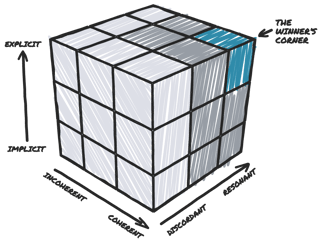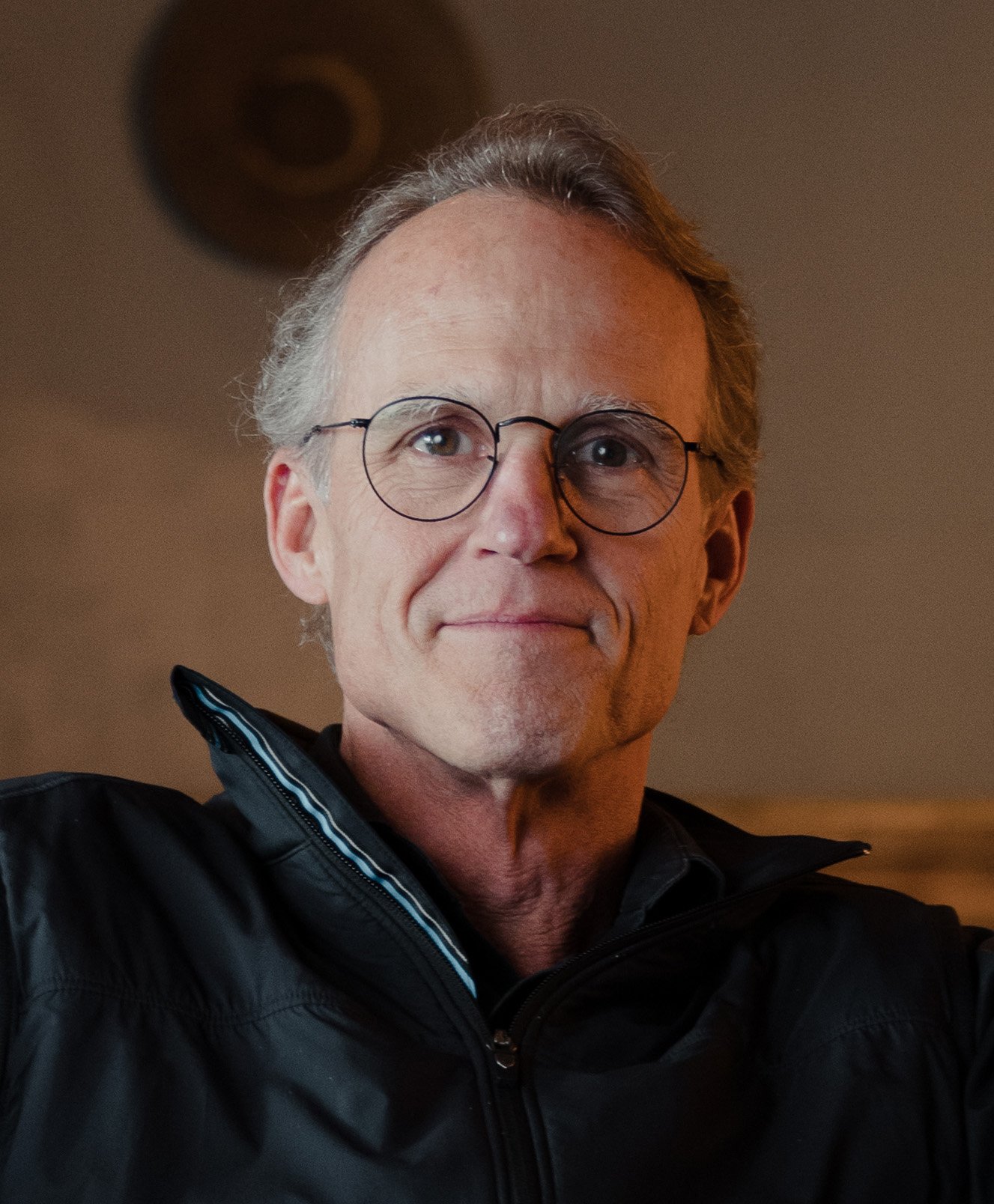Building Great on Purpose
One of the things I’ve learned over decades as a company builder, investor, board member, and coach is that most organizations are built accidentally. And by that, I mean that they weren’t built purposely.
Instead, they were cobbled together by a small group of well-intentioned people (let’s call these the Core Leaders), each a subject matter expert in their area (such as marketing) responsible for a very specific type of work (like getting the website launched) who were collectively focused on a small number of core priorities (such as proving product/market fit).
Our experience suggests that every business evolves through five specific Stages of Development on its way to becoming a great company — an entity that can endure without the founder(s).
Early on, this small group of people made things happen reasonably well because they were in constant communication, focused on relatively short time frames, and capable of massive but non-fatal pivots as they sorted out their Focus Filters — the why, who, what, when, where, and how associated with turning an idea into a business (an entity that generates revenue) and then a business into a company.
If the Core Leaders were both skilled and at least a bit lucky, over time, as they started to get clearer and clearer on their Focus Filters, they hired more and more people and found themselves slowly spending less time with the other Core Leaders and more and more time building and growing their own team of subject matter experts focused on their own priorities.
While this transition from one team to many is essential if the Core Leaders want to build a company that can withstand the long-term test of time — becoming extraordinarily productive, humane, and resilient — it’s also during one of these earlier stages that most businesses flail, if not fatally hit the wall.
It’s why less than 35% of startups make it to year ten. It’s why many businesses struggle to scale even though they’ve proven product/market fit. It’s why so many early-stage businesses go out of business every year. For instance, only 13% of SaaS startups reach $10M in annual recurring revenue.
In my experience, one of the things that almost always happens as we move from a team of one, focused on a relatively short time frame, to teams of many focused on longer and longer time frames, is that in order to Get Smart Stuff Done (GSSD), each of the teams begins to do things their own way.
This happens for a host of reasons:
- Many businesses are run by accidental entrepreneurs
- Most entrepreneurs are novice business builders
- Everyone is focused on their version of GSSD
- New hires bring their own best practices
- The organization evolves to the point where implicit knowledge no longer scales
- The Senior Leadership Team hasn’t put in the time to create an intentional Business Operating System
This moment is often referred to as hitting the ceiling, which we touch on in our Stages of Development brief — and instead of neatly advancing to the next stage, it can feel as though the organization is entering a Flailure Stage, a combination of flailing and failure. Because stages are by definition necessary passages of development, we don’t recognize a Flailure Stage as part of the plan, but many organizations experience it in some form when what got them here is insufficient to get them to the next stage.
In my opinion, it’s almost inevitable that at some level (individual, team, department, or across the whole organization) every business experiences one or more Flailure Stages. Our experience with hundreds of businesses shows that the easiest way to break through the  Flailure Stage is to get everyone in the organization on the same page in terms of their Focus Filters.
Flailure Stage is to get everyone in the organization on the same page in terms of their Focus Filters.
The organization needs to intentionally work toward what we refer to as the Winner’s Corner so that the things that really matter are explicit, coherent, and resonant. And the best path for getting from here to there is doing the hard but necessary work of upgrading their Business Operating System.
As we love to say around Ninety:
Slow is smooth, and smooth is fast.
But that’s what we think. What do you think?
Subscribe to my Founder's Framework newsletter to discover how successful founders leverage proven frameworks to build thriving companies they’ll love forever.





